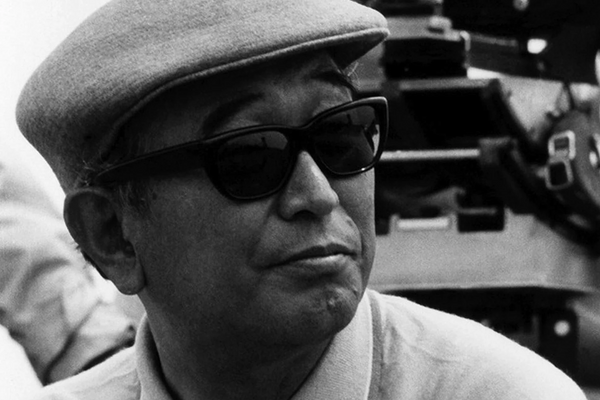In 1984 Chevron was granted approval from the California Coastal Commission to build a 900-foot groin in front of its El Segundo refinery at Grand Avenue. Constructed under the auspices that it would protect the refinery from winter storms, it eventually killed the surf that once broke at Grand. Attempts were made to offset the intrusion with the failed Pratte’s Reef (or Chevron’s Reef, as most people know it) that lay just to the north. Over time, however, as the powerful storms that the jetty was installed to combat continued to hammer the coast a new break began to take shape.


That break is commonly known in Los Angeles as Hammerland. The fickle left-hander doesn’t actually break that often, as it needs the right combination of swell direction, size, period, and wind to groom it properly. As a regular footer, I’ve often mined the right coming in just south of the jetty that splits the wave in two. Offering up a short but hollow right, I’d spend countless sessions at El Porto eyeing the sandbars to the north as winter swells continued to rise. When Porto would eventually max out in size, it eventually closed out almost completely, leaving the northern bars as my only viable option.




I hadn’t really explored the north side of the jetty until about four years ago when I’d noticed a slew of surfers making their way across the rocks and jumping into the north of where I’d usually go out. I was aware of the wave but not familiar in the biblical sense. I was soon to become acquainted.
Hammerland is one of those rare gems in the surfing world. It’s a left that can break as furiously as anything I’ve had the displeasure of finding myself on the wrong side of. If you’re lucky enough to snag a set wave that doesn’t send you straight into the rocks taking off from the bowl, you’ll almost certainly eat sand if you’re fortunate enough to race one into the inside. In a given year, you’ll be lucky to get Hammerland a handful of / a half dozen times. Most likely, when and if you do, it’ll be too big for most. It’s the kind of wave that forces you into the tube to find the safe zone, which doesn’t last all that long either. In short, you WILL pay your dues here in a sort of rite of passage.
Ask surfers in Los Angeles about the South Bay and some groans are sure to ensue. For all the transcendental experiences surfing may have to offer, many seek these experiences in the face of bad attitudes, crowds, kooks, and a general overcrowding that seems to be making its way into every facet of life these days. More than any other surf break in LA, El Porto elicits eye rolls as mediocre closeouts are contested by what seems to be half the population of the greater Los Angeles area in the water. Fights are not uncommon and verbal warfare abounds. In some ways, it’s become the antithesis to the vision of surf paradise we all hold in our mind’s eye when paddling out. Show up to El Porto on a weekend where waves are somewhere between waist and chest high and prepare yourself for the onslaught to follow. The lineup is littered with bodies. Seasoned surfers must navigate their way through a sea of bodies resembling buoys more than surfers.


A funny thing tends to happen when a swell of decent size actually makes its way through the bay. Gone are the crowds when walls of water thunder their way toward exploding on the shoreline. I’ve personally witnessed days without a soul in the water. It’s days like these when Hammerland comes to life. While localism never fully disappears, it’s not the other guys that need to regulate the lineup. The wave does well enough on its own…and that’s just fine by me.





